
Our homes are more than just physical structures; they are emotional landscapes that profoundly influence our well-being. The decision to design living spaces based on emotional mapping—understanding how colors, layout, materials, and especially scent impact our moods—is an emerging frontier in interior design. By integrating psychology and olfactory science, designers are creating mood-driven spaces that cater not only to visual aesthetics but also to the invisible yet powerful emotional experiences inhabitants undergo.
In this comprehensive exploration, we will delve into how emotional mapping, psychological principles, and scent are revolutionizing home design to foster mental health, comfort, and joy.
Understanding Emotional Mapping in Interior Design
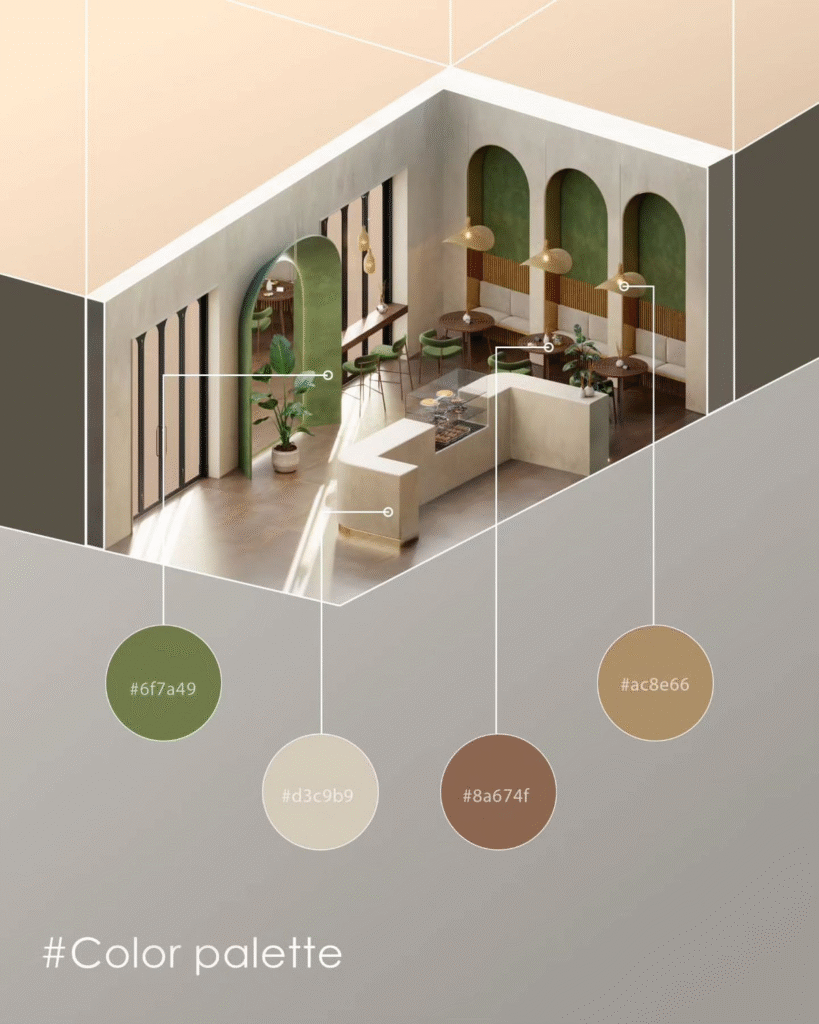
Emotional mapping is a design approach that assesses how different sensory inputs within a space affect human emotions and behaviors. It’s about intentionally shaping environments to elicit specific emotional responses, such as calmness, creativity, or energy, through carefully curated elements.
This approach draws on cognitive psychology and environmental neuroscience, recognizing that our brains react subconsciously to spatial cues. Emotional mapping allows designers to ‘map’ the emotional impact of elements like color, lighting, texture, and scent across different zones within a home, optimizing how spaces feel and function.
The Role of Psychology in Mood-Driven Spaces
Why Mood Matters in Design
We spend significant portions of our lives indoors, making the emotional quality of our environments crucial to mental health and productivity. Psychological research reveals that well-designed spaces can:
- Reduce stress and anxiety
- Enhance focus and creativity
- Promote relaxation and restful sleep
- Foster social connection and emotional safety
By prioritizing mood in design, homes become restorative sanctuaries attuned to occupants’ psychological needs.
Key Psychological Principles in Emotional Mapping
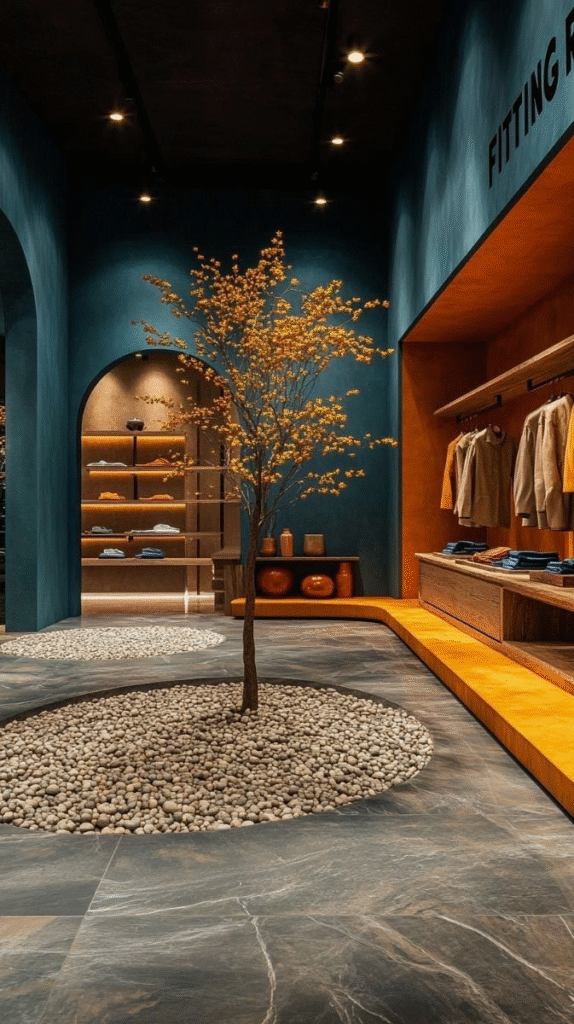
- Prospect and Refuge: Humans instinctively seek environments where they can observe without being exposed, balancing openness with private, cozy spots. Designs that incorporate this balance promote feelings of safety and comfort.
- Curved vs. Angular Forms: Curved shapes are generally perceived as softer and safer, contributing to relaxation, while sharp angles may invoke alertness or tension.
- Biophilia: A deep-rooted connection to nature influences well-being. Design that integrates natural elements like plants, natural materials, and views to the outside enhances mood.
Colors and Their Emotional Impact in Home Design

Color psychology is fundamental in emotional mapping, as colors directly influence the nervous system and emotional states.
- Warm Colors (Red, Orange, Yellow): Evoke energy, passion, and excitement. Ideal for social spaces like living rooms or kitchens.
- Cool Colors (Blue, Green, Purple): Promote calmness, tranquility, and focus; suited for bedrooms and workspaces.
- Neutral Tones (Beige, Gray, White): Provide balance and timelessness, often used as foundational backdrops to support accent colors.
- Accent Colors: Strategic use of bright or muted accents can invigorate or soothe a space without overwhelming it.
Designers craft palettes intentionally, layering hues to support the intended emotional narrative of each room.
Lighting: More Than Illumination, a Mood Shaper
Lighting impacts circadian rhythms and emotional health profoundly.
- Natural Light: Exposure to daylight uplifts mood and increases productivity.
- Warm Ambient Lighting: Creates cozy, intimate atmospheres ideal for relaxation.
- Cool Task Lighting: Enhances alertness and focus during activities.
- Layered Lighting: Using a combination of ambient, task, and accent lighting allows dynamic mood transitions throughout the day.
Proper control of lighting intensity and direction reduces anxiety and heightens comfort.
Textures and Materials: Sensory Engagement for Emotional Well-being
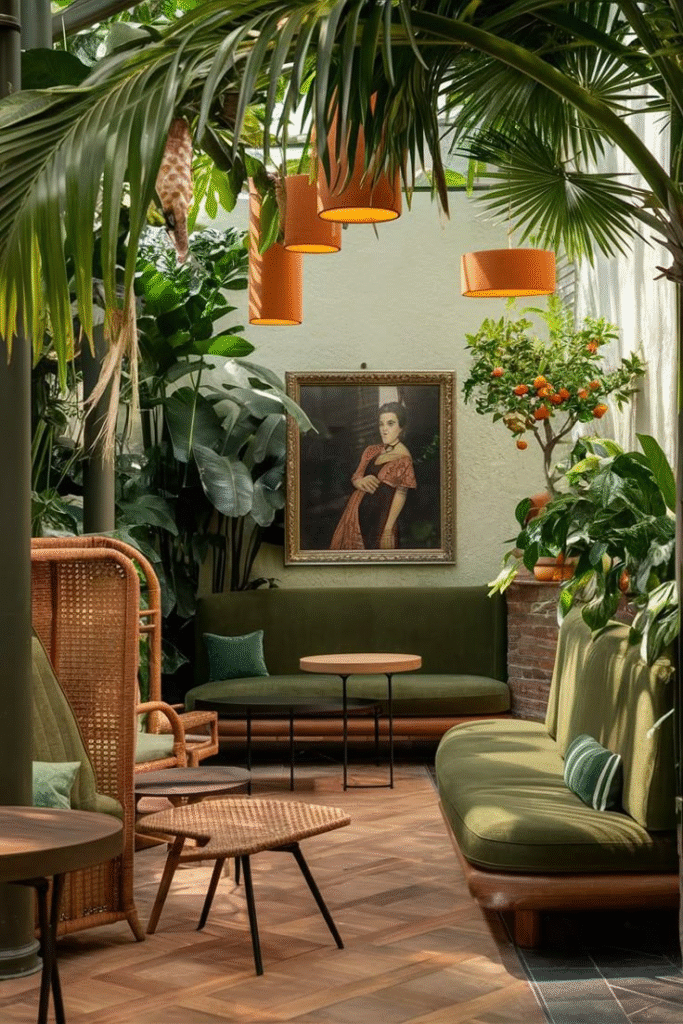
The feel of materials under our touch evokes subconscious reactions that affect comfort and mood.
- Soft Textiles: Fuzzy rugs, plush cushions, and draped fabrics encourage a sense of comfort and security.
- Smooth Surfaces: Glass and polished metals bring sleekness that can inspire focus and clarity.
- Natural Materials: Wood, stone, and organic fibers connect occupants to nature, reducing stress via subtle sensory cues.
Incorporating layered textures produces tactile richness that complements emotional design.
Spatial Layouts and Emotional Mapping
How spaces are laid out influences psychological safety and social interaction.
- Open Floor Plans: Convey freedom and connectivity, ideal for communal living areas.
- Zoning: Creating defined zones through furniture or architectural features supports varied emotional needs—such as active workspaces versus quiet retreats.
- Privacy and Buffer Zones: Nooks, alcoves, and enclosed corners provide respite and refuge, essential for emotional balance.
The Power of Scent in Mood-Driven Home Design
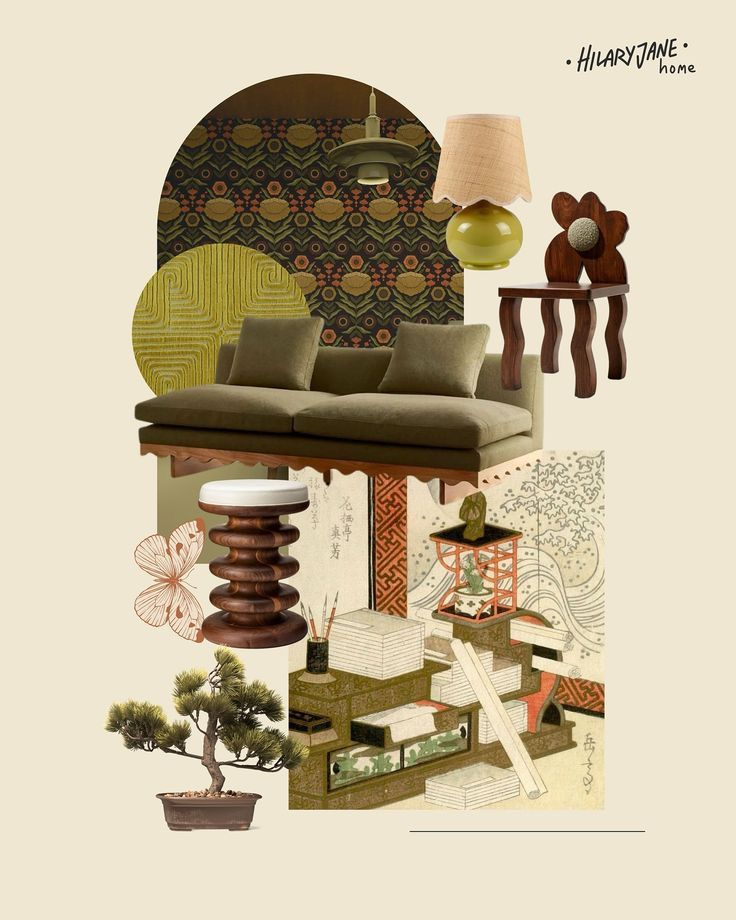
Among all senses, smell holds the most direct connection to our emotional brain centers. The olfactory system links to the limbic system, governing memory and emotion, making scent a potent trigger for mood modulation.
Psychological Effects of Scents
Certain aromas evoke calm, alertness, happiness, or nostalgia:
- Lavender: Known for its calming and stress-relieving effects.
- Citrus (Lemon, Orange): Energizing and mood-brightening.
- Peppermint: Enhances concentration and reduces fatigue.
- Vanilla: Comforting and relaxing, often linked to warmth and home.
- Eucalyptus: Refreshing and clarifying, aiding respiratory comfort.
Careful scent selection can reinforce desired emotional outcomes in specific rooms.
Olfactory Design Features
Research classifies scent design elements into four pillars:
- Chemical: The scent’s composition and intensity.
- Emotional: The mood the scent evokes.
- Spatial: How and where scent is dispersed in the home.
- Temporal: Timing and duration of scent release.
Designers use these principles to craft olfactory environments that subtly shift feelings throughout a day or event.
Practical Techniques for Emotional Mapping Using Scent
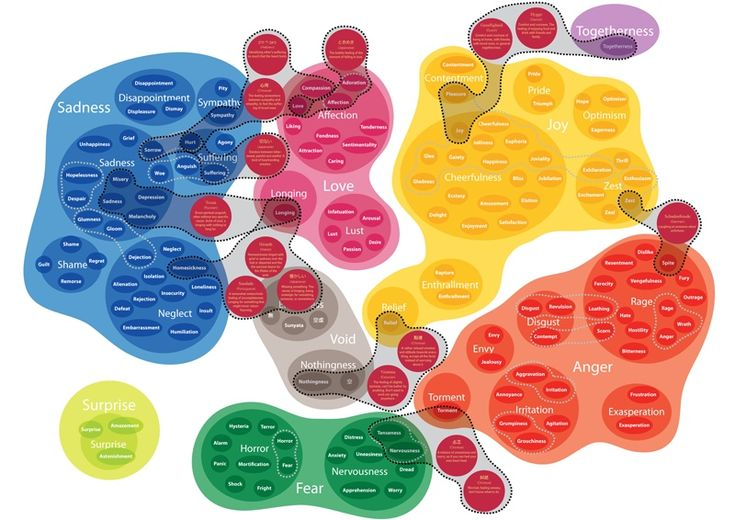
Integrating Scent Delivery Systems
- Diffusers and Essential Oil Burners: Offer flexible, natural scent release.
- HVAC Scenting: Centralized scent distribution integrated with heating/cooling.
- Smart Scent Devices: Programmable gadgets that modulate scent profiles based on time or occupancy.
- Scented Decor: Incorporating natural materials infused with essential oils, like candles or potpourri.
Zoning by Scent
Assigning scents to rooms enhances emotional mapping:
- Bathrooms might feature eucalyptus or mint for freshness.
- Bedrooms favor lavender or chamomile for relaxation.
- Kitchens might use citrus for energy.
- Living spaces may use complex blends that encourage socializing or calm.
Leveraging Technology and Data in Emotional Mapping

Emerging AI and sensory technology allow designers to measure emotional responses using biometric data (heart rate, brain waves) and adjust environmental inputs dynamically.
- AI-Powered Mood Boards: Help identify the emotional tone to guide integrated design choices.
- Environmental Sensors: Monitor light, temperature, and scent levels to optimize comfort.
- Virtual Reality (VR): Used in design simulations to explore emotional impact before build-out.
Benefits of Emotionally Mapped, Scent-Enhanced Homes
- Mental Health Support: Reduced anxiety, improved sleep, and elevated mood.
- Personalization: Homes tailored to occupants’ emotional needs.
- Enhanced Social Interaction: Spaces designed to encourage connection or solitude as appropriate.
- Increased Productivity: Optimized environments strengthen focus and creativity.
Integrating Emotional Mapping into Everyday Home Design
- Start by identifying the emotional needs for each room.
- Choose colors, lighting, textures, and scents aligned with those moods.
- Use layout and spatial zoning to support varied activities and feelings.
- Introduce biophilic elements to connect residents emotionally to nature.
- Employ adjustable lighting and scent technology to adapt the environment over time.
- Personalize scent profiles and spatial arrangements to occupants’ preferences.
Conclusion: Designing Homes That Feel as Good as They Look
Emotional mapping in home design, enriched by the deliberate use of scent, transcends mere aesthetics to deeply enhance experience. Through understanding psychology and olfactory science, designers craft spaces that nurture mind and spirit, making homes not just places to live but sanctuaries of well-being.
As we continue embracing mood-driven design, our built environments will evolve into responsive, healing spaces that support the full spectrum of human emotion and sensory experience.
Written by Mishul Gupta
